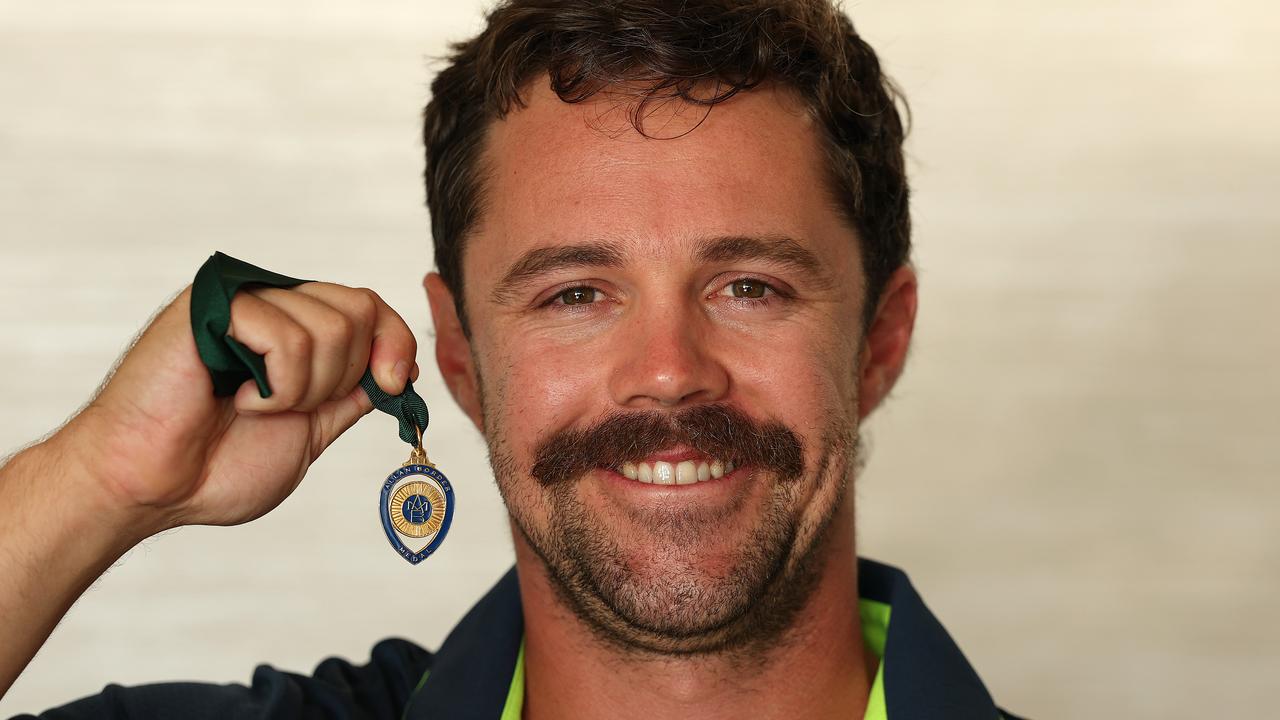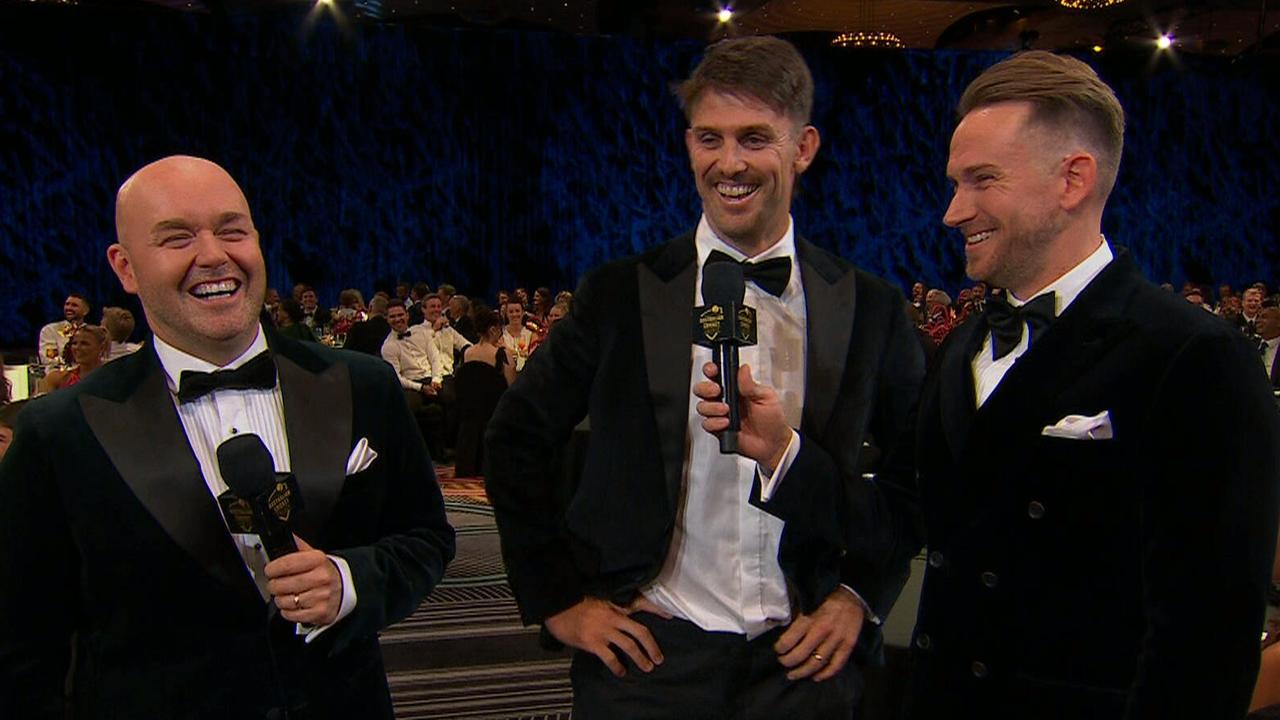Bill Lawry selects his best Australian XI from 1956-2018
For Bill Lawry, batsmen only help win matches which is why he’s named just six in his greatest Australian side, and that meant a few greats were unlucky to miss out.
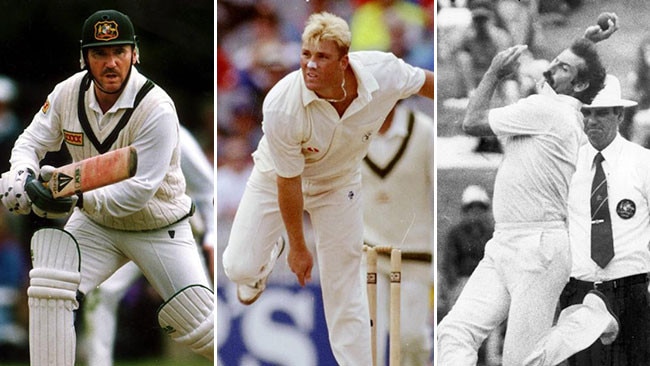
Cricket
Don't miss out on the headlines from Cricket. Followed categories will be added to My News.
If choosing just five specialist batsmen in his greatest team was good enough for Don Bradman, then Bill Lawry reckons it will do him as well.
Hence Adam Gilchrist being elevated from his customary seven slot to bat at six in Lawry’s greatest Australian side since he first played for Victoria as an eighteen-year-old in 1955/56.
For Lawry, batsmen help win matches but bowlers actually win them, and having five bowlers ensures the balance in case one is having an off day. As for his five specialist batsmen, given Gilchrist qualifies as an all-rounder, Greg Chappell was a non-negotiable, or in Lawry’s eyes an “artist with a bat”.
WARNE: NOTHING WRONG WITH PAINE V KOHLI BANTER
BOXING DAY TEAMS: HANDSCOMB DROPPED, SPIN BLOW FOR INDIA
MEMORIES: 10 UNFORGETTABLE BOXING DAY TEST MOMENTS
Then it became more competitive as he tried to decide between Mark Taylor and Matthew Hayden for an opening slot, or Allan Border, Ian Chappell, Neil Harvey, Ricky Ponting and Mark Waugh.
“Taylor was a good enough player, don’t worry, and a better player in England than Hayden. As for Ricky Ponting, well people will have their own opinion and I’ve got mine. I asked myself was he better than Harvey, because he certainly wasn’t better than Greg Chappell? Ponting was a brilliant fieldsman, but so was Harvey. And I doubt that he was better than Allan Border.

“Ian Chappell was the other option for three and don’t forget he averaged 50 in that position at Test level, compared with his overall average of 42. Ian at three and Greg at four was probably one of the best batting combinations ever.
“Fancy being born to a brother like Greg and batting at the other end? Ian was a tradesman, Greg was an artist. But Ian ensured he batted at three which I really admired. Mind you he had some good openers ahead of him (laughter).
“With Allan Border I just wonder how many could have stood up to the pace attacks he faced in the 1980s. Mark Waugh is someone I would like to have in there but you can’t have them all in. And anyway, leave as many New South Welshman out as possible (laughter).
BILL LAWRY’S BEST AUSTRALIAN XI (1956-2018)
1: Bob Simpson (62 Tests, 4869 runs at 46.81, 71 wickets at 42.26, 110 catches)
Averaged 46 over his Test career but as an opener that goes up to 55.52. Plus he had a good cricketing brain, was a brilliant slips fieldsman and a handy leg-spinner. He also played the quicks very well, normally by getting to the other end so I could deal with them (laughter).
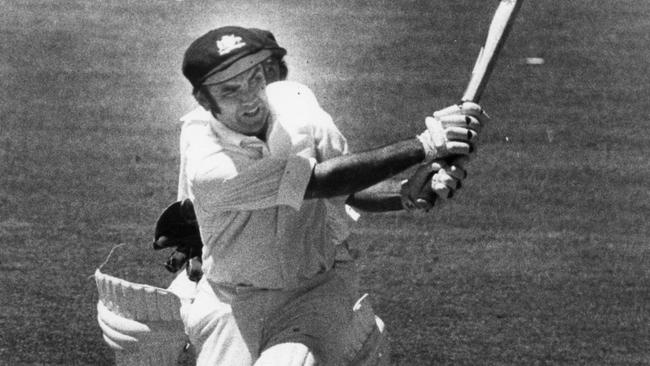
2: Mark Taylor (captain, 104 Tests, 7525 runs at 43.49, 157 catches)
Matthew Hayden is probably the choice of many, but I would rather have Taylor batting for my life. And Hayden struggled on a couple of tours of England. Taylor seemed to have total control of his men, including some strong personalities.
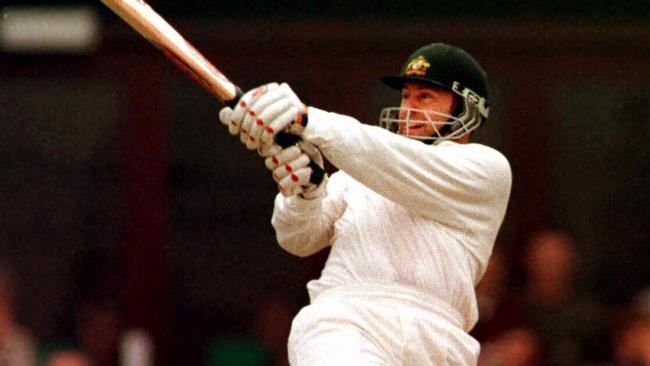
3: Neil Harvey (79 Tests, 6149 runs at 48.41)
Probably the best cover fieldsman I played with and while I got him at the end of his career, I saw enough in 10 Tests against England to appreciate just how good he was when at his peak. I’m sure many of the modern day fans would have Ricky Ponting somewhere in this team which is totally understandable.
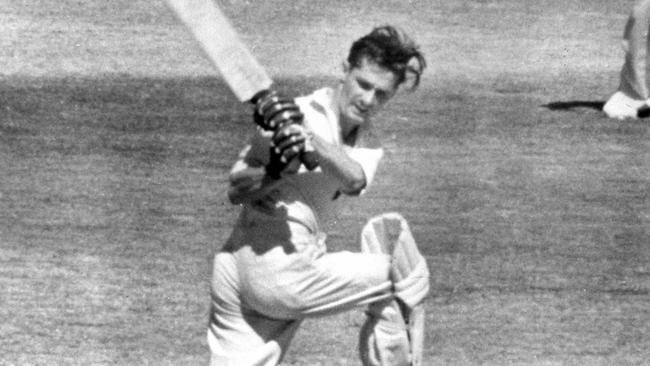
4: Greg Chappell (87 Tests, 7110 runs at 53.86, 47 wickets at 40.70, 122 catches)
I remember going to the MCG one day and seeing Ray Harvey walking in, who was the brother of Neil. He told me had come “to watch an artist named Greg Chappell”. Ray was a very good judge and I reckon he got Greg right. He was just as good overseas as he was at home and averaged over 50 in England, the West Indies, Pakistan and New Zealand, never having played Test cricket in South Africa or India.
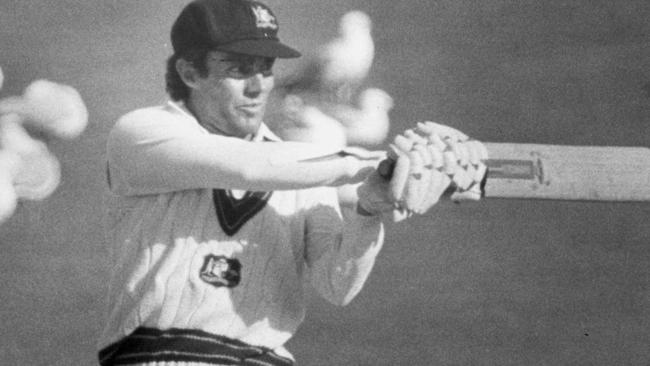
5: Allan Border (156 Tests, 11,174 runs at 50.56, 39 wickets at 39.10, 156 catches)
Has to be in for his courage against a wonderful era for fast bowling. Who did he stand up to against the Windies: Roberts, Holding, Garner, Croft, Daniel, Marshall, Walsh, Ambrose and Bishop? And I’ve probably missed someone there. Then he would get a “rest” against the other countries when facing Wasim Akram, Waqar Younis, Bob Willis, Ian Botham, Kapil Dev, Richard Hadlee, Allan Donald, Imran Khan and Devon Malcolm.
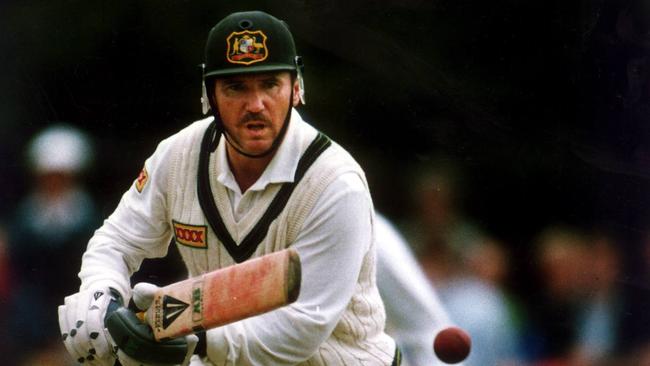
6: Adam Gilchrist (96 Tests, 5570 runs at 47.60, 379 catches/37 stumpings)
I tell Mark Taylor it’s why he was on the Board of Control for 13 years because he didn’t have to do anything given he had players like Gilchrist in the side. Gilchrist was a freak, one of the cleanest strikers I’ve ever seen. It wasn’t just how many runs he made, but how quickly he scored them.
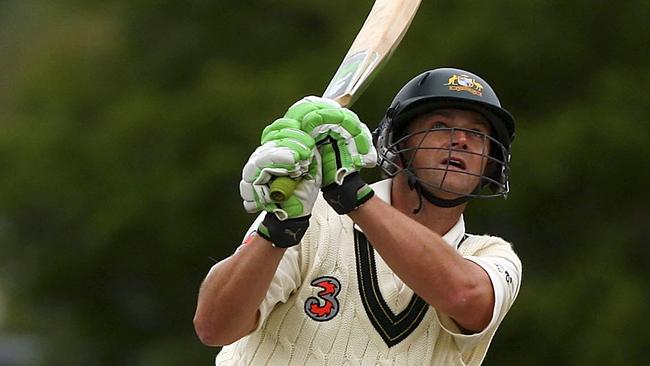
7: Alan Davidson (44 Tests, 1328 runs at 24.59, 186 wickets at 20.53)
Definitely has to be selected in any side. What did he take, 186 wickets at 20.53? Averages don’t lie and his left-arm swing gives you variety. Think Wasin Akram but not as quick. Plus he was a brilliant gully fieldsman. And the fact he never made a Test century is surprising because he was good enough to as his first-class batting average of 33 suggests.
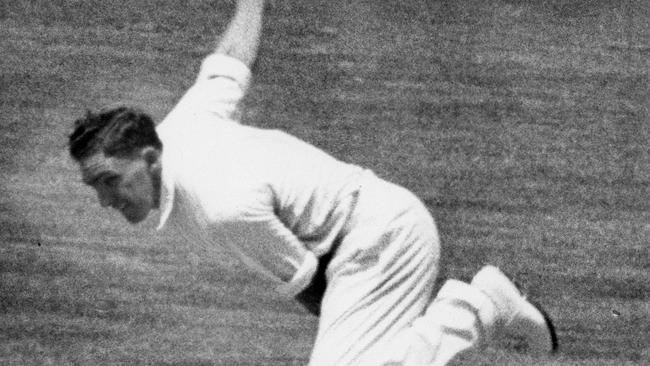
8: Shane Warne (145 Tests, 3154 runs at 17.32, 708 wickets at 25.41, 125 catches)
The best spinner I have seen, a very competitive player with a great cricketing brain. He was the Keith Miller of his time, with that personality and flair that most of us lack. Ray Lindwall was probably a better bowler than Keith Miller, but we all talk about Miller still because like Warne he had that magnetism.
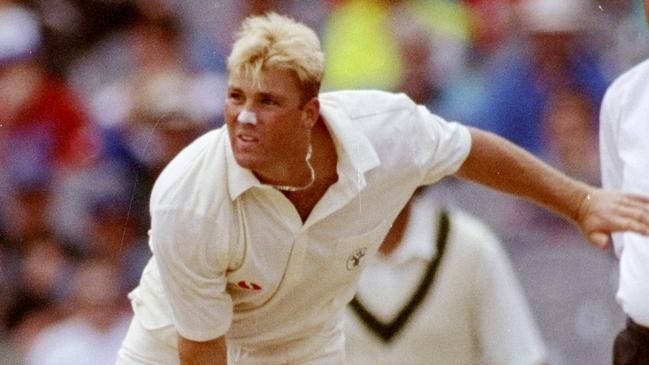
9: Dennis Lillee (70 Tests, 355 wickets at 23.92)
I didn’t play against Miller and only got Lindwall in state cricket at the end of his career, although it was still obvious how great he was. Dennis Lillee I played against in Shield cricket and with in just one Test, which was my last. I then appreciated his mastery and courage from afar.
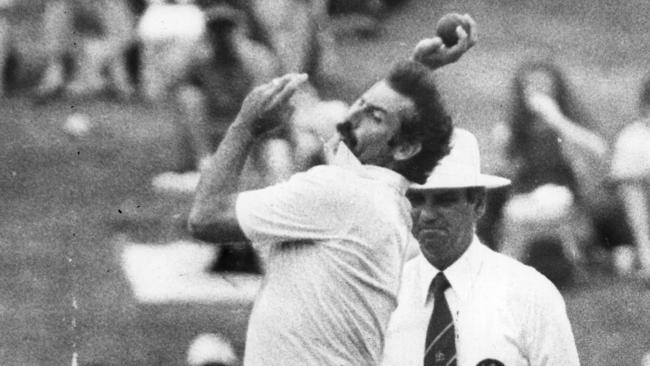
10: Jeff Thomson (51 Tests, 200 wickets at 28.00)
Fortunately our careers missed overlapping by a year because I saw enough of him in the mid-1970s to suggest nobody ever bowled faster, although I didn’t see Harold Larwood in 1932/33 and only faced Frank Tyson in district cricket when he wasn’t fully wound up. From 1974-76, before his shoulder injury, he was lightning.
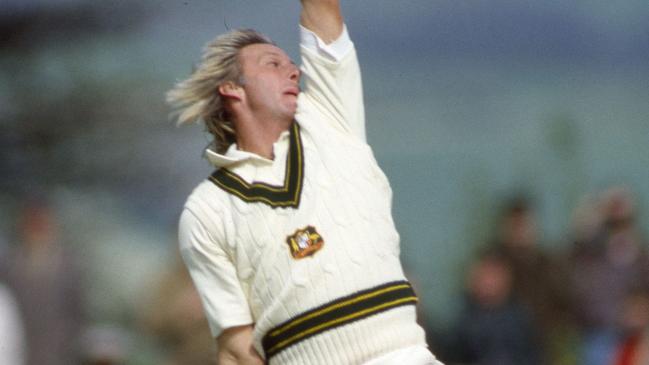
11: Glenn McGrath (124 Tests, 563 wickets at 21.64)
For sheer excitement he wouldn’t match a Lillee or Thomson, but McGrath just didn’t seem to have bad days which meant batsmen were always under pressure. Joel Garner was the same for the West Indies.
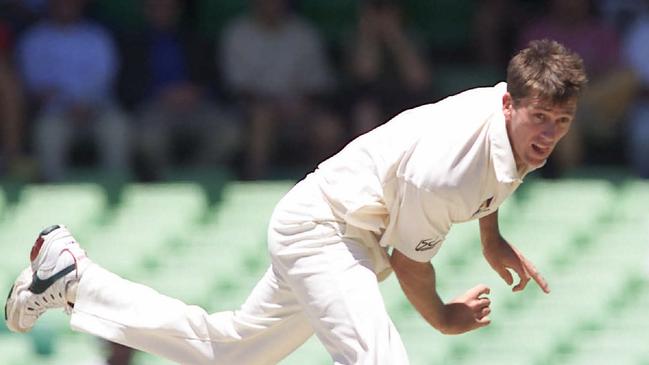
Originally published as Bill Lawry selects his best Australian XI from 1956-2018

